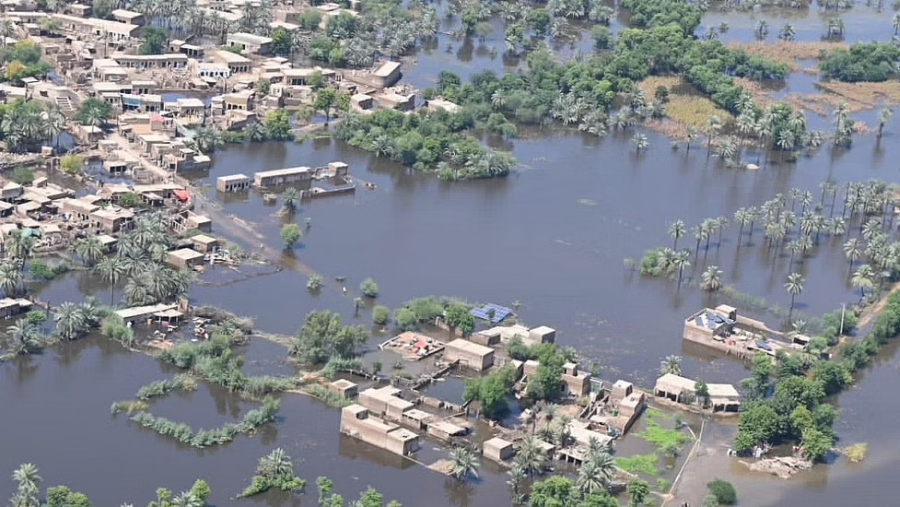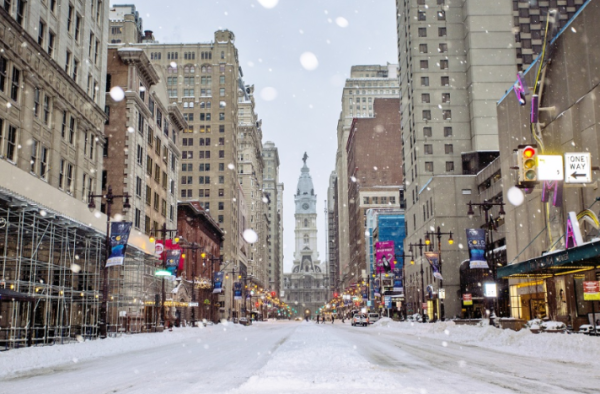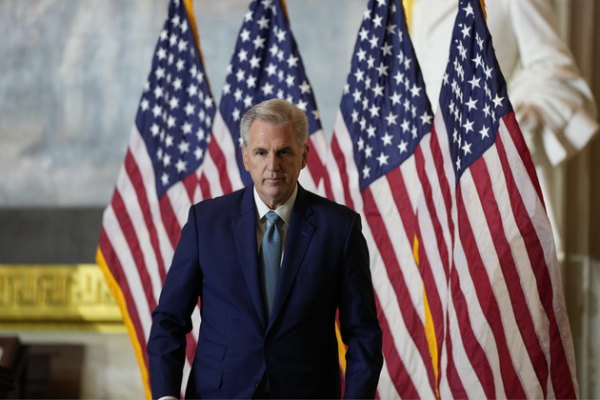Tragic Floods in Pakistan
September 28, 2022
Pakistan is a third-world country in South Asia that is led by president Arif Alvi. The country has recently experienced a great tragedy where the people are still dealing with the effects. Pakistan experienced a great flood where “At least two-thirds of the country’s districts have been affected.” (NatureNews).
Before the floods, the people of Pakistan thought they would die from hunger because of the heat waves in April. Now they are afraid of something else. “‘We thought we would die of hunger, but now the floods have swept away everything and there is water as [far] as we can see. We fear death from water … It has killed hundreds of people” (The Guardian). Flooding started back in June of 2022, but has recently begun to get worse. Pakistan was officially in a state of emergency on August 25th, 2022. Now one-third of Pakistan is underwater. Leaving thirty-three million people homeless and over 1,200 people dead. There are also several diseases going ramped, such as malaria and waterborne diseases. Many villages have yet to receive any aid.
Many scientists from the United States, Europe, and Pakistan say that the flooding was caused by climate change. BBC News explains “Pakistan is located at a place on the globe which bears the brunt of two major weather systems”. One of the temperatures that affect Pakistan is the high temperature, the highest being 121 degrees fahrenheit. The high temperatures are what caused the drought in March. The other temperature is what just happens to be what they are experiencing now, warm air that is making the rainfall intense. Scientists say the rainfall is only getting worse. Another thing making flooding worse is the glaciers in Pakistan. Because of climate change the glaciers are melting. People refer to the glaciers as a “third pole” because “… it contains more glacial ice than anywhere in the world outside of the polar regions” (BBC News). Because of climate change the glaciers are melting. So far the glaciers have made 3,000 lakes. The bad part is seven million people are still at risk for flooding because thirty-three of those lakes from the glaciers are unstable.
The UN (United Nations) and OSHA (Occupational Safety and Health Administration) have been doing their best to help Pakistan reduce the risk of floods by putting systems in place, such as a protective infrastructure and early-warning flood systems. The UN also launched a one hundred-sixty million dollar emergency plan because of the flooding and the OSHS spokesperson said “So far, we’ve delivered $1.5 million worth of aid, but much, much more will be needed in the coming weeks and also over the medium term, including development assistance,…” (UN News).
The flooding is also not helping the future of Pakistan. Not only are thirty-three million people being forced to leave their homes because they are mostly underwater but “Tens of thousands of people whose homes were destroyed have been displaced to nearby towns and cities where they have found shelter in schools, public buildings, and along the roadside and canal embankments” (NY Times). Pakistan floods are also damaging Pakistan’s economy. BBC says “If the country doesn’t get debt relief, she added, the economy risks ‘tanking’” (BBC News). Pakistan’s inflation rate is at 500%, 476% higher than before the flooding started. Even though the country has been receiving financial support it may not be enough. Many foundations are seeking donations to help the people of Pakistan such as UNICEF, Pakistan Red Crescent Society, Humanity & Inclusion, and the International Medical Corps.














Emma Savitz • Sep 28, 2022 at 10:30 am
Amazing information